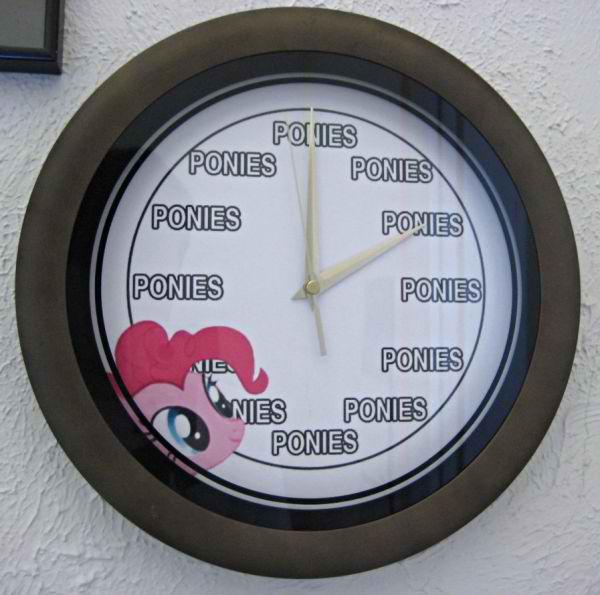If you are watching an Angels game hoping to see Josh Hamilton display his power, you are going to be sorely disappointed. You’d be better off checking the side of the milk carton in your freeze for Hamilton’s power because it has gone missing.
Josh hasn’t homered since July 2nd. He has only six extra-base hits in the month of July. His Isolated Power for the 2014 season has dropped all the way down to .134. That’s… not good.
It also may not be getting better, at least not by much. As much as we’d like to assign this power drought to one of the myriad physical ailments plaguing Hamilton (Could it be the “tightness” in his legs? Or is it mainly the sore knee? Wait, could it be his thumb injury? I can never keep them all straight.), it very much looks like this power dip is more a reflection of his new true talent level.
Remember last season when everyone was wringing their hands over Hamilton’s average flyball distance plummeting to 273.49 feet? Well, his average flyball distance this year is 273.86 feet. It is almost like that’s a trend or something. I guess we should take solace that it is at least trending upwards. Every inch counts, right?
That’s actually both a positive and negative development for Hambone. It is positive in that Hamilton’s ISO last year was .182 with that virtually identical flyball distance, so he has some obvious room for improvement. One of the issues is that Hamilton actually isn’t hitting as many flyballs as he used to. His 35.2% flyball rate is his lowest since 2009, with much of that loss showing up in his line drive rate, which is far and away a career-high for him. In fact, Hamilton had been remarkably consistent on line drive rate in his career, going between 21.0% and 22.2% with the exception of this year. That makes him a good candidate for regression to the mean and those missing flyballs coming back. On the other hand, it is this high line drive rate that has helped Josh post an unsustainable .401 BABIP that is keeping Hamilton’s batting average afloat during his struggles.
If we are banking on regression to the mean saving Hamilton’s slugging prowess, that should apply to his HR/FB rate as well. He is currently sitting at 10.0% HR/FB, the second-lowest mark of his career and well below his career rate of 17.9%. Much of that was compiled in his days in Texas though. A more realistic mark might be the 12.7% mark he put up in his first year in Anaheim. What ever mean it regresses back to, the combination of his HR/FB increasing and his overall flyball rate increasing will only lead to more homers, even with his stagnating average flyball distance.
Of course, this assumes that Hamilton isn’t just plain broken. His solid average and strong OBP has masked the fact that Hamilton is making contact at an alarmingly low rate of 59.6%. If you guessed that it was another career-low for Hamilton, you guessed right. Surely it is no coincidence that Hamilton is seeing a career-low percentage of fastballs as well. In fact, no hitter in baseball has seen fewer fastballs (and it isn’t close) than Hamilton has this year and nobody has a worse contact rate either.
That makes it awfully hard to just assume regression to the mean is going to save the day. Regression to the mean generally assumes that all the other variables have remained relatively unchanged. Quite clearly, things have changed, and not for the better. Maybe he can find a way to turn reverse those changes, but it isn’t going to be easy and, frankly, I wouldn’t count on it.
Add The Sports Daily to your Google News Feed!
